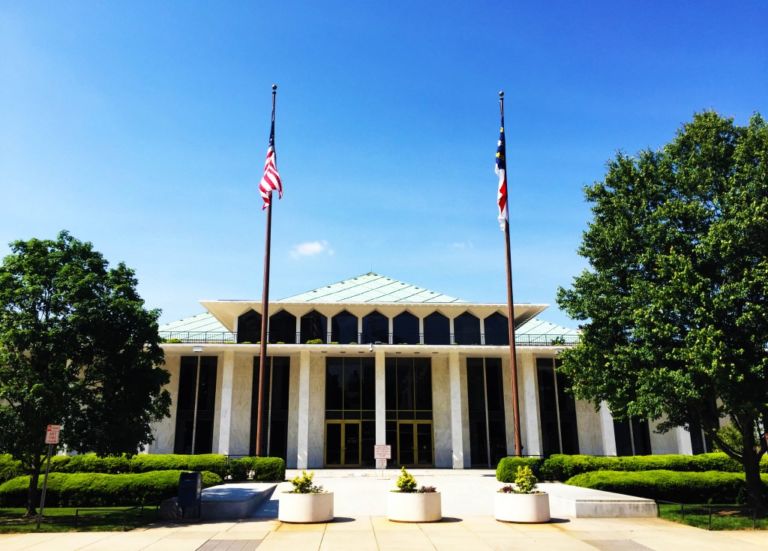In 44 states and the District of Columbia, the age at which young offenders age out of the juvenile justice system is now 18. In five states, it is 17. That leaves North Carolina as the only state that still treats all 16- and 17-year-olds as adults for criminal justice purposes, but fortunately not for long.
Tucked away in the 438-page budget bill that the General Assembly passed this week is a provision called the “Juvenile Justice Reinvestment Act” that raises the age of juvenile jurisdiction to include all 16- and 17-year-olds except for those accused of the most serious and violent felonies. This change is something the John Locke Foundation has supported for many years (see, e.g., here, here, here, here, and here), and we are delighted that it has finally been enacted into law.
Credit for this happy outcome should go, not only to the John Locke Foundation, but also to the many other “raise the age” advocates from across the political spectrum, and–especially–to Chief Justice Mark Martin and the NC Commission on the Administration of Law and Justice that he convened in 2015. Among the NCCALJ’s many achievements was a detailed analysis of the costs and benefits of raising the age that was prepared by its Criminal Investigation and Adjudication Committee and published as an appendix to its Final Report.
Drawing on research by the John Locke Foundation and many others, the NCCALJ found that charging, convicting, and punishing 16- and 17-year-olds as adults subjects them to unacceptably high levels of physical and sexual abuse, deprives them of access to educational and other age-specific programming, leaves them at a disadvantage compared to similar young offenders in other states, and makes it difficult for them to become law-abiding, productive citizens. Perhaps most importantly, it also found, and that, compared to adult jurisdiction, “Rehabilitation of juveniles is more effectively obtained in juvenile justice systems and juvenile facilities, as measured by recidivism rates.”
Taking all these factors into consideration, the Committee concluded that—by lowering the rate of crime and the cost of law enforcement and by improving the productivity of rehabilitated young offenders—raising the age of juvenile jurisdiction would yield a net benefit to the state of over $50 million per year, and it, therefore, recommended raising the age of juvenile court jurisdiction to include most 16- and 17-year-old offenders. The Committee stated that the recommendation contingent on the provision of adequate funding for the expansion of the existing juvenile justice system, and it made an exception for 16- and 17-year olds accused of Class A-E felonies.* It stated that its recommendation was contingent on procedural changes that would ensure the automatic transfer to adult jurisdiction of 16- and 17-year-olds accused of these very serious crimes.
The Juvenile Justice Reinvestment Act that was approved by the legislature this week follows the NCCALJ’s recommendations very closely, including its insistence on adequate funding. Legislative leaders worked closely with the Department of Public Safety and the Administrative Office of the Courts to ensure that the budget includes sufficient funding for the expanded juvenile justice programs that will be necessary to implement the Act.
The Act departs slightly from the NCCALJ’s recommendation by expanding the serious crimes exception to include, not just A-E felonies, but F and G felonies as well. However, because very few juvenile offenders are charged with F and G felonies, this iminor tweak does little to detract from what is, overall, an excellent and badly-needed reform.
Raising the age of juvenile jurisdiction to include 16- and 17-year-olds will bring North Carolina’s juvenile justice system in line with the rest of the country. More importantly, it will yield substantial benefits in the coming years, not only for young people accused of crimes, for all North Carolinians.
* Note: The offenses in felony classes A-E constitute the most serious and the most violent crimes. Given that less than 3 percent of 16- and 17-year-old offenders are charged with such offenses, this was deemed to strike an appropriate balance between maximizing the benefits of lower recidivism rates on the one hand, and adequately punishing and incapacitating dangerous criminals on the other.


